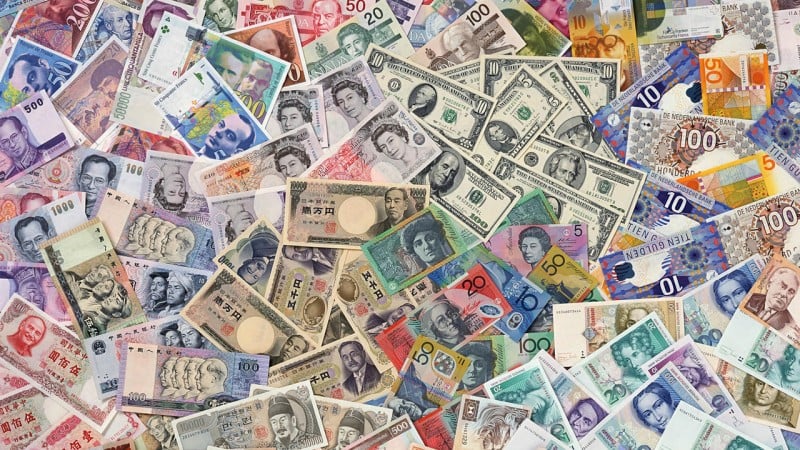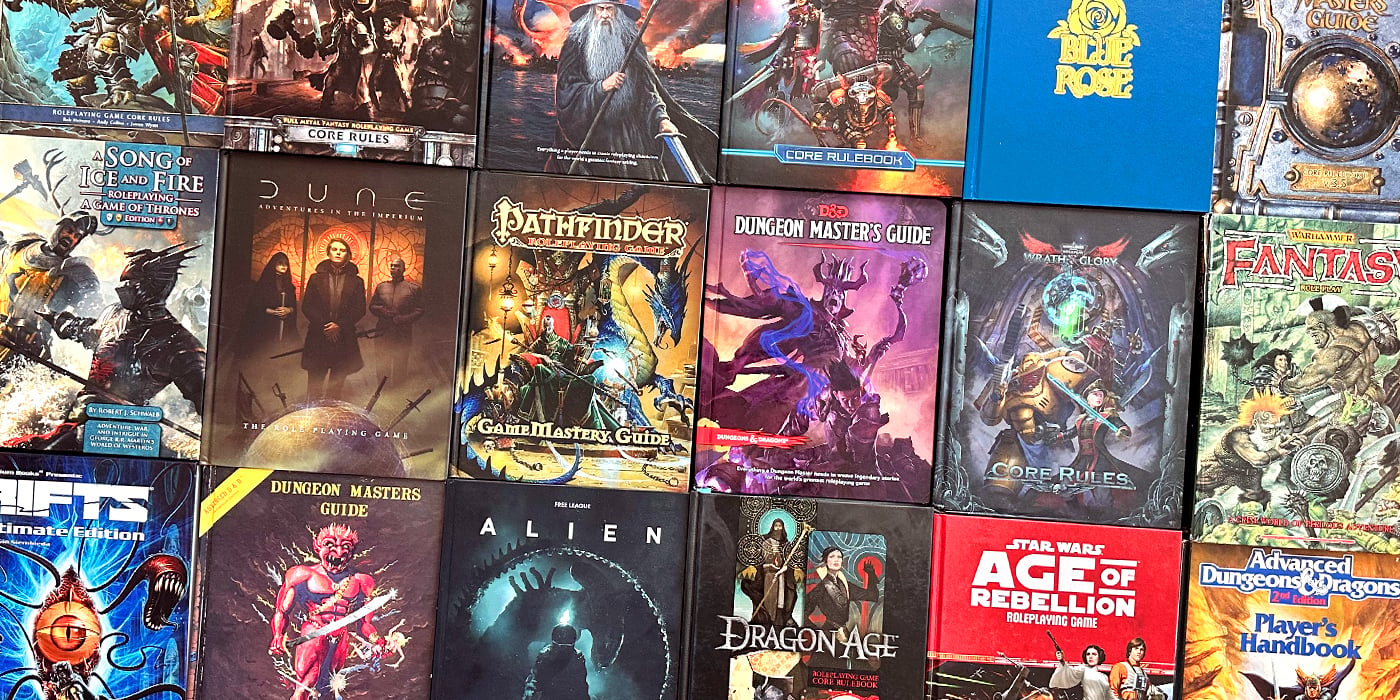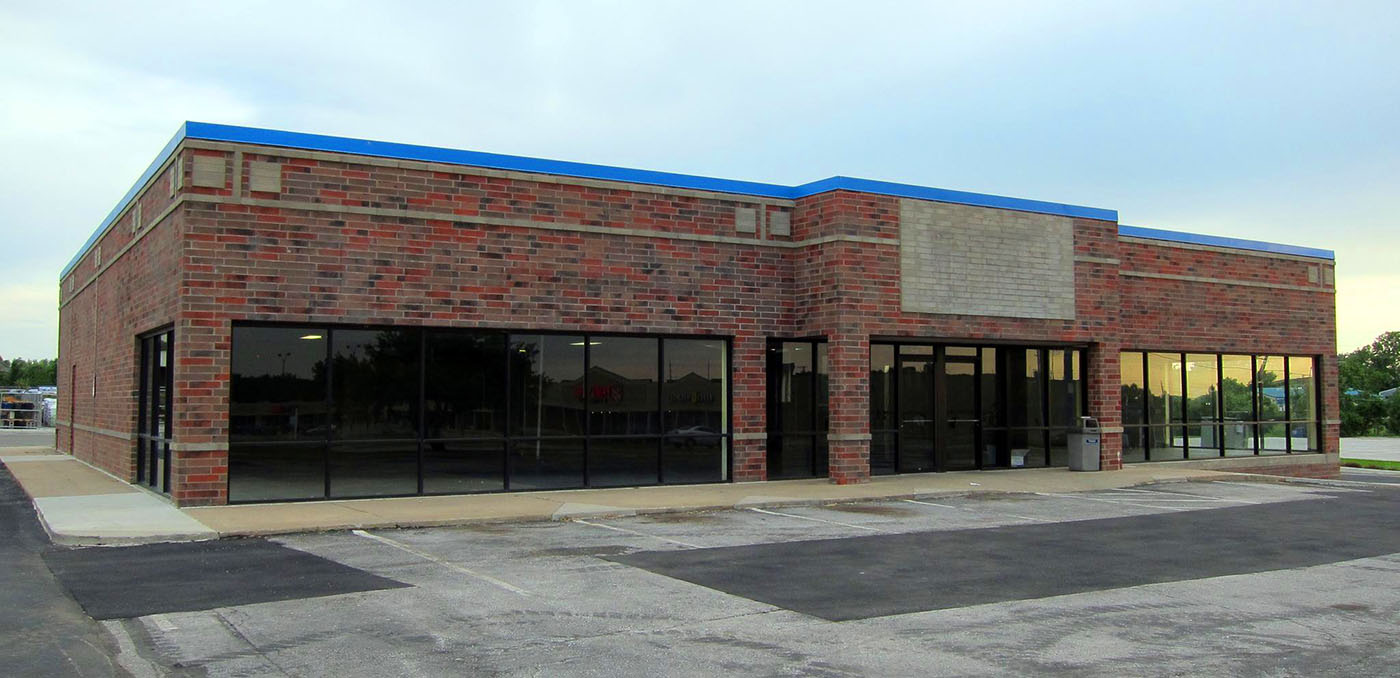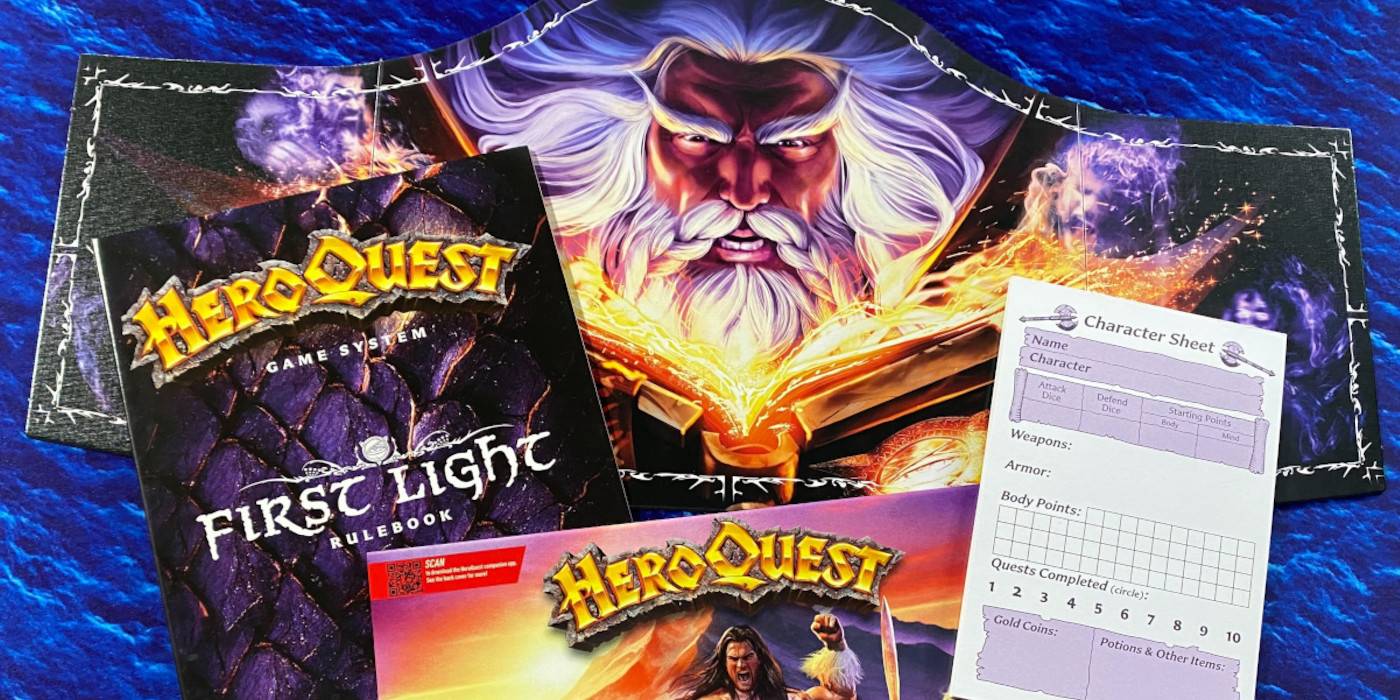Bracing for Impact: Trump Tariffs & The Tabletop Games Industry
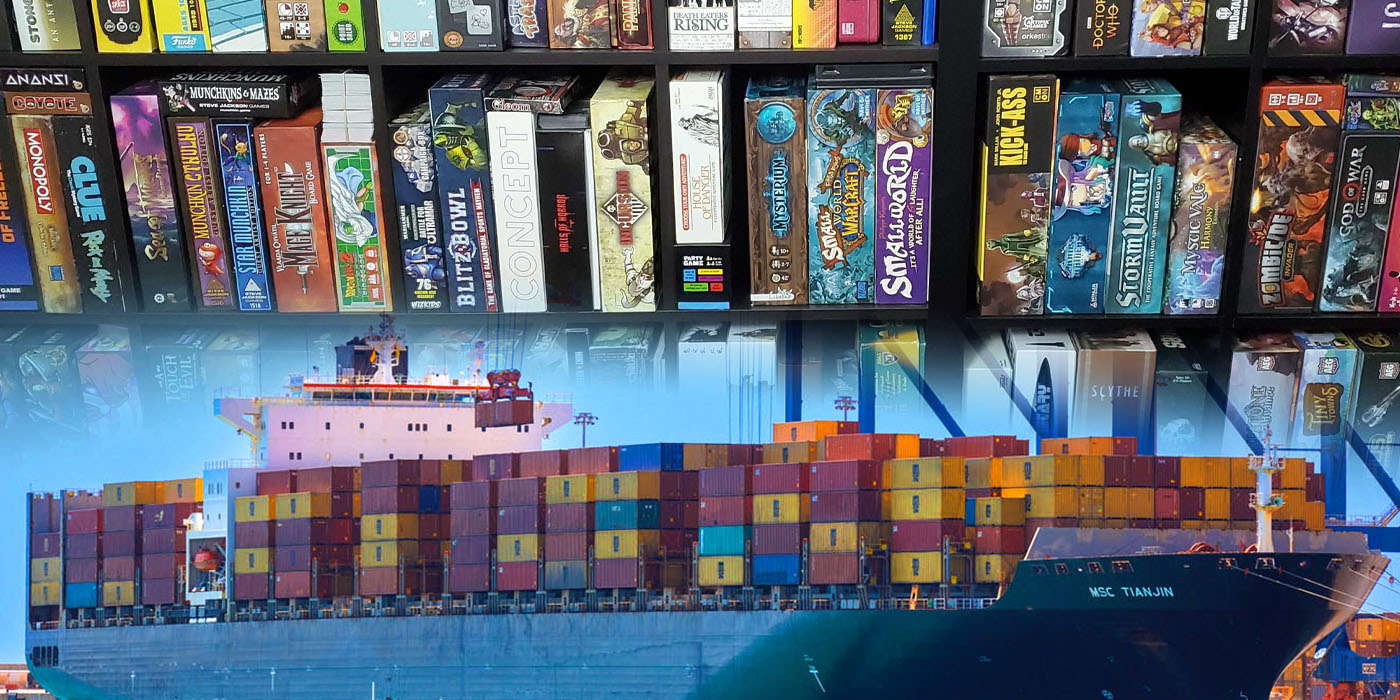

Industry veterans are warning the promised Trump administration tariffs would set of a chain reaction and inflict untold damage to the tabletop games industry.
With the United States Election behind us, the world is facing a new reality and coming to terms with what the upcoming Trump administration will bring to the table. One of the President-elect’s promises was a strong set of across-the-board tariffs. These are meant to be put in place quickly with the promised goal of protecting US goods.
We reached out to several industry veterans with decades of experience working and managing in various sectors, ranging from boardgames, to book publishers, to miniatures wargames, and retailers. They agreed to talk to BoLS candidly on background, and painted a dark picture of what these policies would inflict upon the tabletop games industry.
Tariffs – A Primer
First of all, we need to talk about exactly what tariffs are and what the upcoming administration is promising. So what exactly is a tariff, beyond a topic thrown around with abandon during the presidential campaign? Let’s go to the definition:
Tariff: “a tax or duty to be paid on a particular class of imports or exports.”
The key points to understand here are the tariff is paid by the IMPORTER upon arrival at the border of the country (typically a port of entry). If the tariff is a percentage, which the Trump Tariffs are described as, it is calculated based on the declared value of the goods. This is a critical point as the tariff is not based on the final retail price of the goods seen by consumers. The tariffs paid are collected by the government, the US Treasury in this case.
The Trump Tariff Proposal
The proposed tariffs are as follows:
- All non-US manufactured goods: 20%
- All Chinese manufactured goods: An ADDITIONAL 60-100%
These could go into effect anytime after the inauguration, meaning as soon as January 21st, 2025.
“We could be looking at a return to the 19th century…”
A Hypothetical Product
One of the primary questions asked is: exactly what would these tariffs mean to consumers? For that, we need to understand some business basics and norms.
Multiple game industry veterans quoted a basic formula that most companies use to determine their retail price as a multiple of their per-unit imported cost of goods. The ratios varied, with more efficient or high-margin companies using larger ratio, while less efficient companies with thin margins used lower ratios. We were quoted COGS (cost of goods sold) to final retail ratio targets in the low-to-high single digits – with the industry norm settling around 5:1.
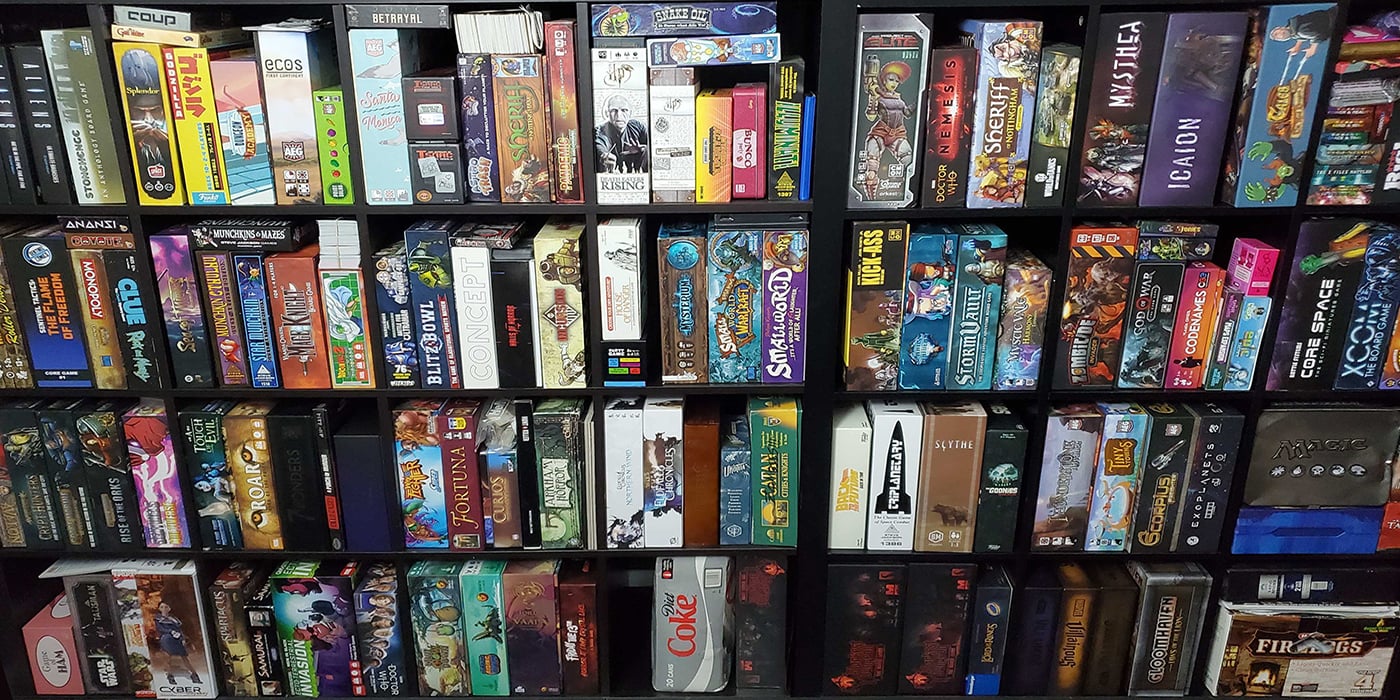
Now, let’s put this into practice with a very simplistic example. This is a purely hypothetical mid-cost tabletop gaming product clocking in at the quoted norm of 5:1 pricing ratio and a retail cost of $30.
COGS: $6.00, Retail MSRP: $30
Now we add tariffs to this product:
- 20% Tariff (non-US goods): COGS: $7.20, Retail MSRP: $36
- 80% Tariff (Chinese goods, lower tariff): COGS: $10.80, Retail MSRP: $54
- 120% Tariff (Chinese goods, higher tariff): COGS: $13.20, Retail MSRP: $66
Manufacturer Warnings
Multiple industry veterans from several of the largest, well-known companies tell us the industry is taking the threat seriously, if discreetly. Already, high-level meetings are occurring, financial fallout is being plotted, opportunities are being identified, and contingency plans are being drawn up. Quietly, lists of suppliers in various parts of the world are being passed around, and introductions are being made. While no major company is pulling the trigger on big changes this early, the issue is being looked at seriously.
“The bandwidth just isn’t there to increase book publishing in the US.”
The situation varies widely from company to company. The more exposure a company has to non-US and especially, Chinese manufactured goods, the more they would be impacted by the tariffs. Some companies have large single manufacturing facilities that cannot be easily moved, while others have distributed factories located across the world, giving them more flexibility to adjust where good are produced for particular markets.
Another factor is profit margins. Companies with large, healthy profit margins, usually the most well-known and biggest brands such as Hasbro, Games Workshop, and others, are better positioned to weather the tariffs.
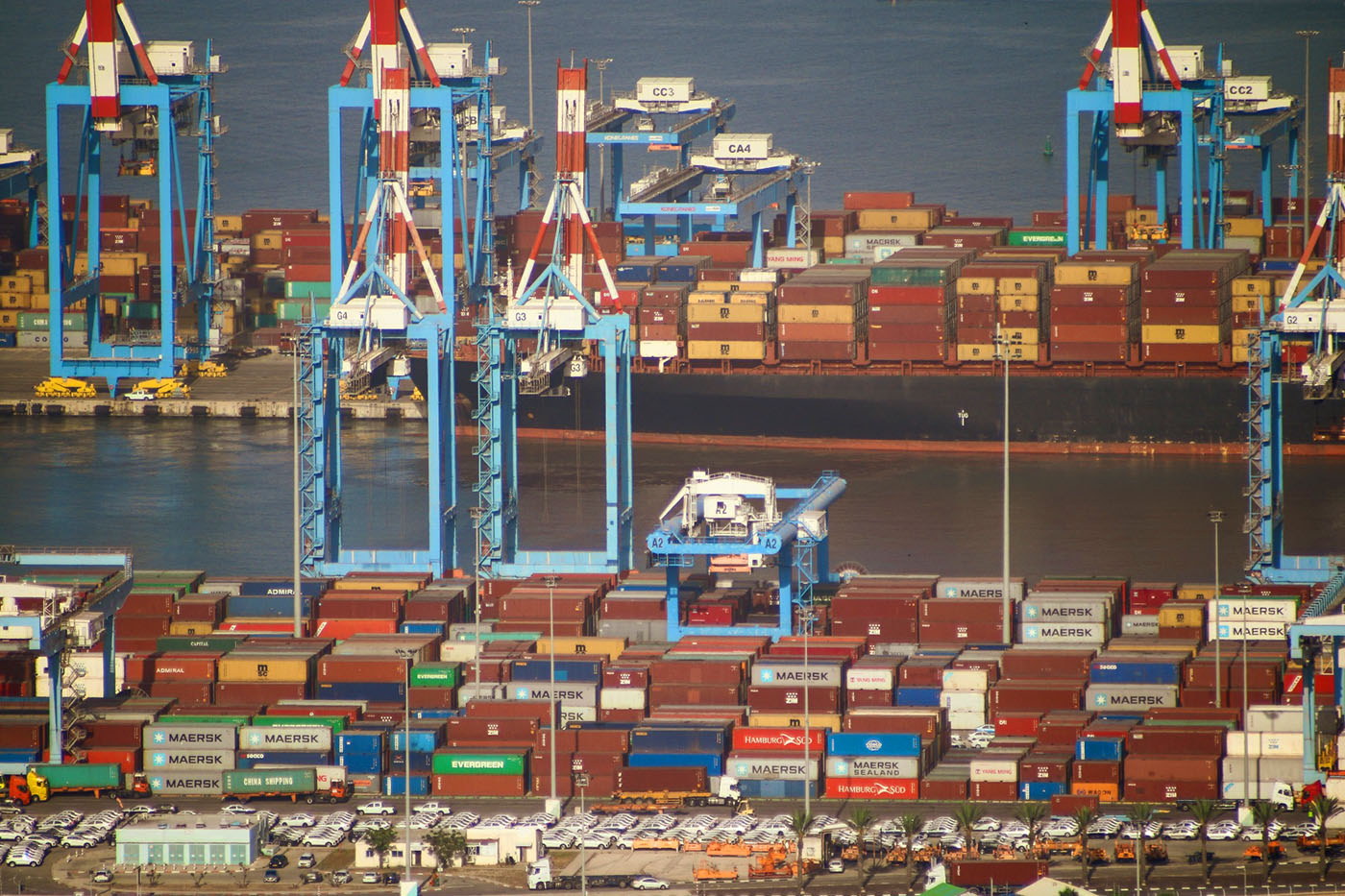
If any company has a healthy enough cashflow, industry veterans say, they could actually “lean into” the tariffs by eating some of the increased costs themselves in a bid to gain market share via lower prices in a market where the less efficient companies will be struggling to simply survive. Many of these smaller companies won’t.
Book Printing
One veteran publisher in the books side of the industry was particularly worried about the sector. He noted that in the aftermath of COVID, many of the book printers in the US either went out of business or were gobbled up by the bigger printers such as Simon & Schuster, Penguin Random House, and others.
He said, “The bandwidth just isn’t there to increase book publishing in the US.” Even if publishers could quickly move production from overseas to the US, they would be sitting in the back of an already packed production pipeline and face lengthy delays in bringing products to market.
Worse is the fear of the Trump administration tariffs sparking an all-out trade war. One publisher tells us his true fear is not the tariffs themselves but the almost certainty of targeted nations enacting retaliatory tariffs on US goods. If a US company with global markets was successful in reworking all their supply chains to avoid these tariffs, it’s all for nothing if their foreign markets slap retaliatory tariffs on their company’s exported goods.
He stated his real fear for the industry: “We could be looking at a return to the 19th century, a return to a world of tariff wars where it is extremely hard for globalism and multinational trade to be financially viable for any but the largest companies. A return to a world where most companies catered to their home nation.”
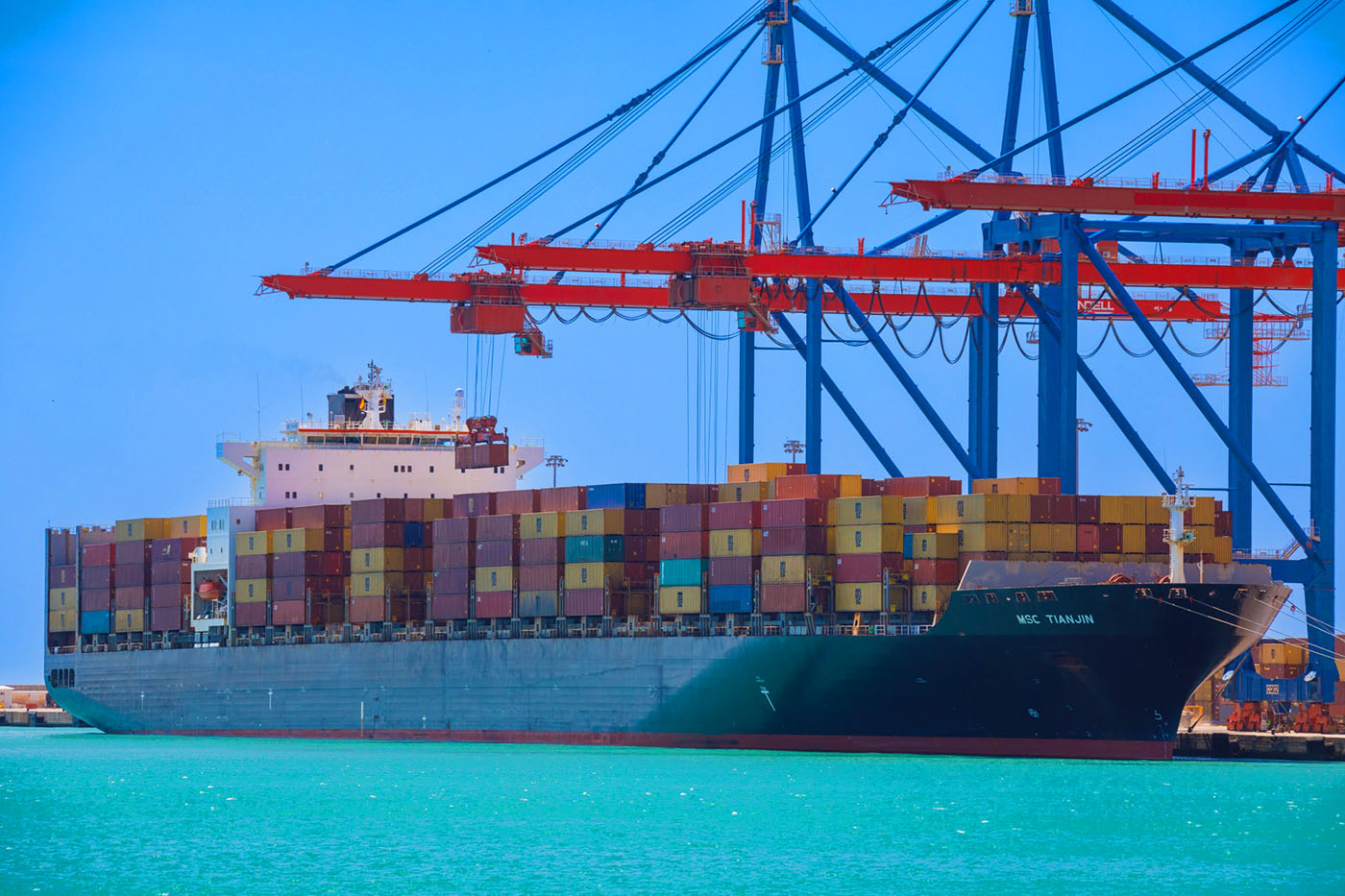
Retailer Fears
We also talked to some veteran retailers, who were also grim-faced about the prospect of such sweeping tariffs. One East Coast FLGS owner told us he is fearful of the effect on industry consumer spending. With across-the-board tariffs, any increase in only the cost of the tabletop games’ products (by definition, discretionary spending) is bad enough. Price increases of the quantity illustrated above are going to have a strong negative effect on sales. Now combine that with an American consumer facing ACROSS THE BOARD price increases from food to electronics, cars, and everything in between – and you have a recipe for disaster.
“We’ll see 20-25% of the industry retailers out of business in 18-36 months…”
“We’re done carrying stuff from China” was quoted to us by one retailer who is already looking to reduce exposure to overseas goods. The retail tabletop games industry was described by multiple veterans as already challenging already since the days of COVID. If the tariffs are enacted as promised, one store owner says he would expect “we’ll see 20-25% of the industry retailers out of business in 18-36 months, a serious contraction.”
Dark Clouds & Silver Linings
Several secondary topics came up repeatedly during our interviews. Crowdfunding was mentioned over and over as a sector that is particularly vulnerable to tariffs. A large percentage of crowdfunded projects rely on Chinese manufacturing and many are produced with relatively thin profit margins. Unexpected tariffs hitting these projects as they arrive at the US border could be devastating.

Another sub-genre of the industry was 3d-printing. Some felt that game price increases could increase interest in 3d-printing as a solution for spiraling prices. Others noted that the vast majority of 3d-printers are themselves manufactured in China and would be subject to the most punishing price increases, and that the sub-niche is still too small for the industry as a whole to notice.
Finally some veterans held out hope in the industry’s ability to survive. They noted that in the broad genre of entertainment, things such as boardgames provide a very high level of entertainment for the dollar compared to other pricier avenues such as video games. It was posited that, similar to the COVID days when boardgames saw a spike in sales, consumers swamped by broad price increases might choose the bargain entertainment proposition of the tabletop games industry over others.
Now What?
So now the industry waits with furrowed brows. While some companies are preparing contingency plans, others are hoping the entire tariff proposal was simply campaign bluster and they will never actually be enacted. The industry is anxiously watching to see if the incoming Trump administration will roll the dice with such aggressive tariffs. If they do, they are hoping against hope the tabletop games industry can beat the odds.

